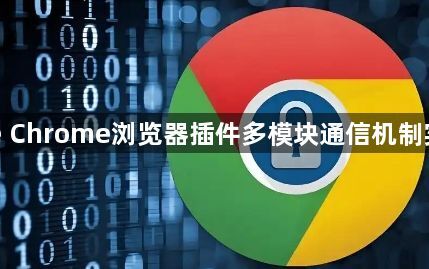当前位置:
首页 >
Google Chrome浏览器插件多模块通信机制实现方式
Google Chrome浏览器插件多模块通信机制实现方式
时间:2025-05-22
来源:谷歌浏览器官网
详情介绍

在插件的`background.js`中监听消息:
javascript
chrome.runtime.onMessage.addListener((msg, sender, sendResponse) => {
if (msg.type === 'getData') {
sendResponse({ data: 'example' });
}
});
其他模块通过`chrome.runtime.sendMessage({ type: 'getData' })`发送请求→实现跨脚本通信。
2. 使用`chrome.storage`共享持久化数据
在内容脚本中存储数据:
javascript
chrome.storage.local.set({ key: 'value' });
背景脚本读取数据:
javascript
chrome.storage.local.get(['key'], (result) => { console.log(result.key); });
确保不同模块访问同一存储区域→支持数据同步与持久化。
3. 借助事件广播机制触发操作
在`background.js`中定义事件:
javascript
chrome.runtime.onConnect.addListener((port) => {
port.onMessage.addListener((msg) => {
if (msg.action === 'start') {
// 执行逻辑并广播结果
port.postMessage({ status: 'done' });
}
});
});
内容脚本通过`chrome.runtime.connect`连接通道→接收背景页推送的事件通知。
4. 利用`tabs` API注入脚本并通信
向当前标签页注入代码:
javascript
chrome.tabs.executeScript({ file: 'inject.js' });
在`inject.js`中通过`chrome.runtime.sendMessage`回传数据→实现页面与扩展程序的交互。
5. 通过WebSocket建立长连接
在`background.js`创建服务器:
javascript
let socket = new WebSocket('ws://localhost:8080');
socket.onmessage = (event) => { console.log(event.data); };
其他模块通过`WebSocket`客户端发送消息→适合高频或实时数据传输场景。
继续阅读




